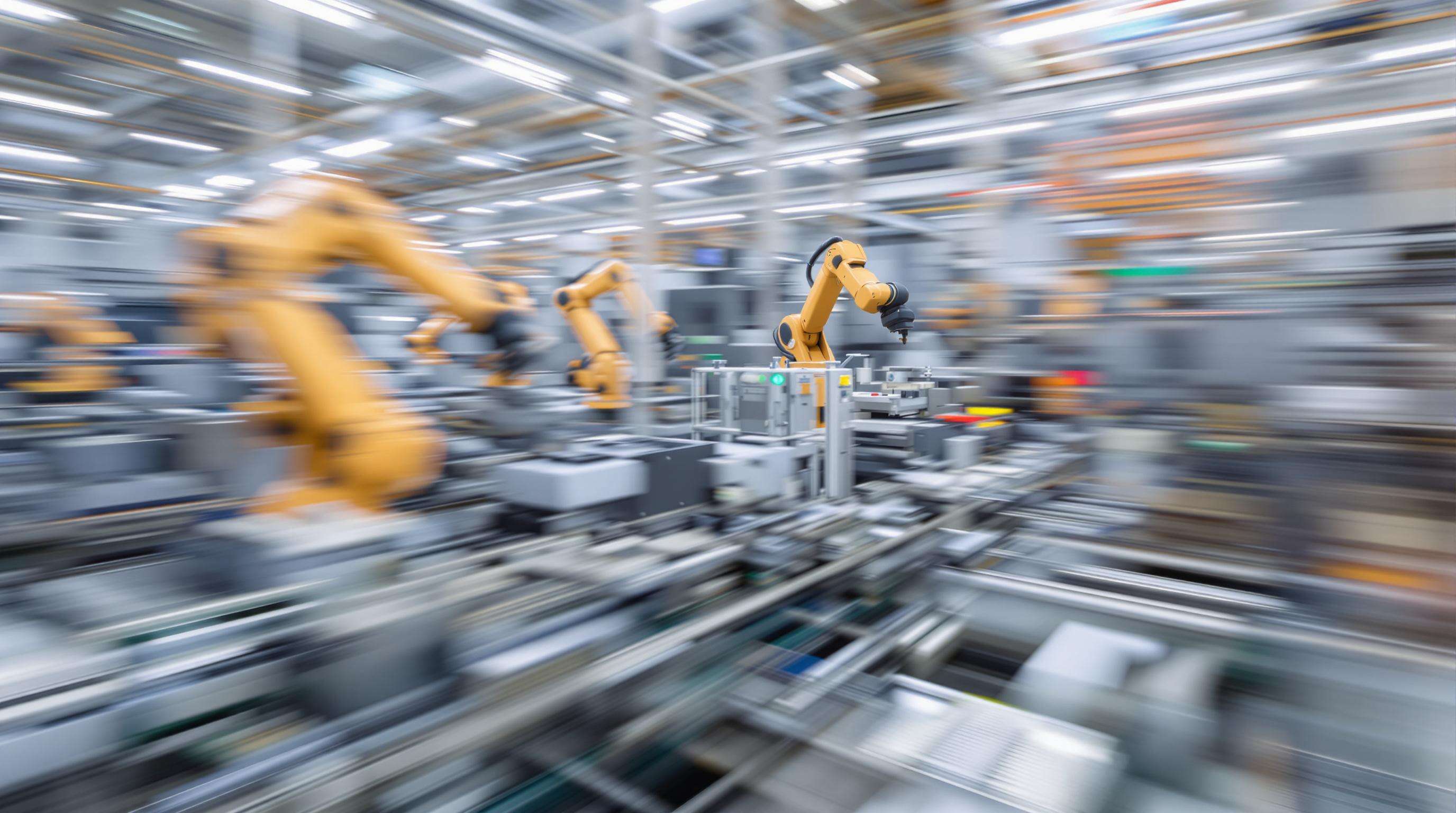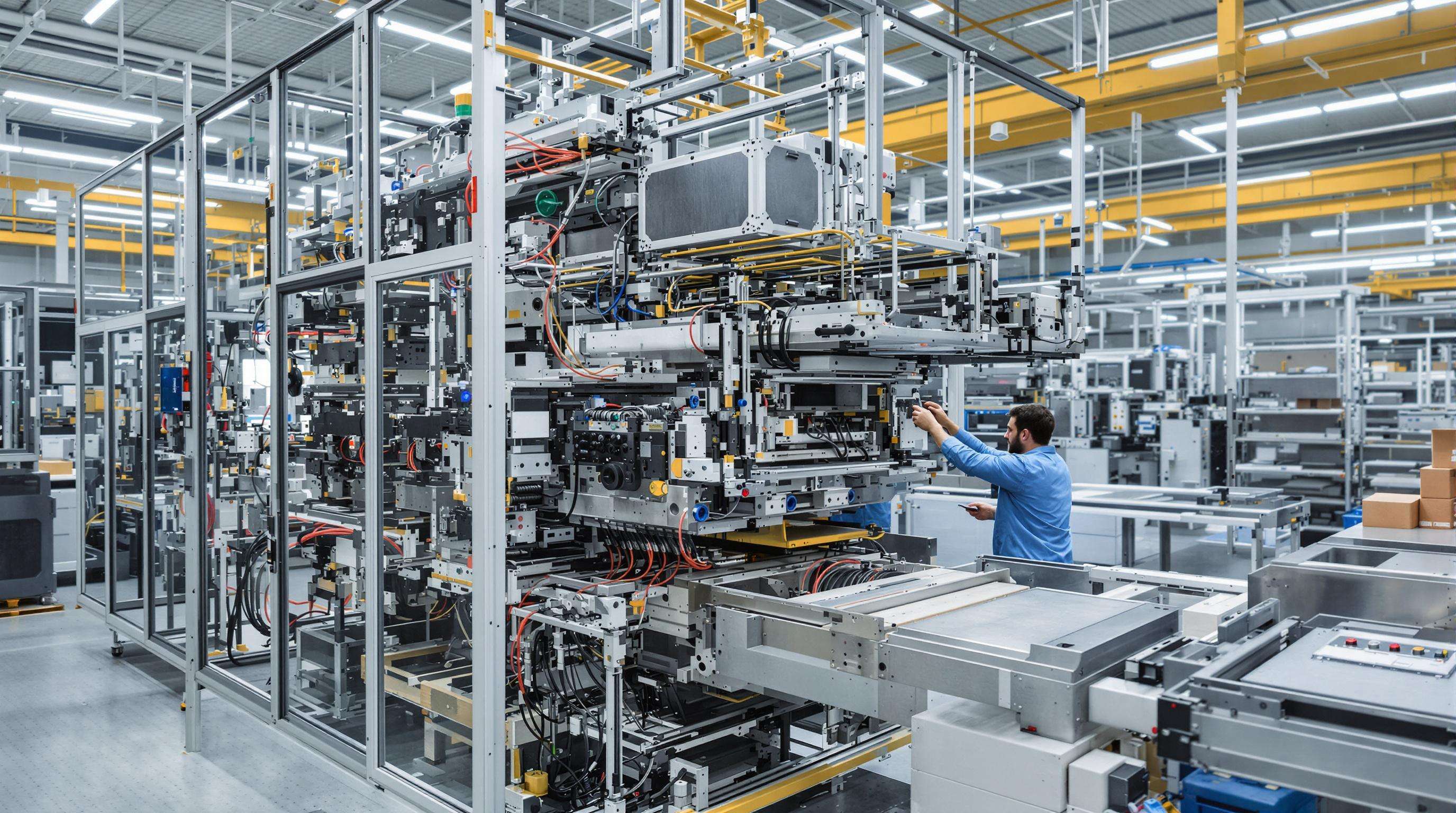The Evolution of Collating Machines in Smart Manufacturing
From Manual Sorting to CMS Automation
Moving from manual assembling to Collating Machine Systems (CMS) is one of the great steps in efficiency in the history of manufacturing. Workers used to pack and assemble parts by hand, but this process was bottlenecked by human error. Today, advanced CMS systems deliver a 99.6% material handling accuracy using precision robotics –suppliers to automotive have seen the time required for assembly drop 58% after implementation. This evolution shows how automation enables scalability in high-volume manufacturing.
Integration with Smart Manufacturing Technologies
Today's CMS platforms integrate seamlessly with Industry 4.0 ecosystems. IoT sensors monitor throughput and component wear in real time, while machine learning optimizes collating sequences. This connectivity enables predictive maintenance—reducing unplanned downtime by up to 40%—and allows alignment with just-in-time inventory strategies through cloud-based ERP systems.
Operational Efficiency Gains with CMS Collating Systems

35% Faster Assembly Line Throughput
CMS collators automate material handling, maintaining consistent flow at 800+ cycles/minute. Automotive industry studies show CMS reduces average assembly cycle times from 22 seconds to 14.3 seconds per unit—a 35% throughput increase matching industry benchmarks.
Error Reduction in Multi-Stage Production
Modern CMS models address alignment errors through:
- Laser-guided positioning (±0.1 mm accuracy)
- Cross-stage quality verification
- Automatic batch rejection
Packaging trials show these features reduce assembly errors by 89% compared to semi-automated systems, with a 40% decrease in post-production quality control labor.
Energy Consumption Optimization
Advanced CMS architectures incorporate:
- Low-energy standby modes
- Load-based motor torque optimization (18-22% savings)
- Regenerative drive systems
Food packaging plants report 31% reductions in energy costs, achieving ROI within 14 months through these efficiency gains.
Collating Machine Architecture for Modern Factories

Modular Design Principles
Modern collating machines feature modular components that enable reconfiguration in 2-4 hours versus traditional 12-hour retooling. This approach lowers annual maintenance costs by 17% by isolating faulty subsystems. Designs prioritize horizontal expansion for easy throughput scaling.
IoT-Enabled Performance Monitoring
Industrial IoT sensors track 23+ metrics in real time, with edge computing devices processing data at source. Predictive algorithms reduce unplanned downtime by 18%, while cloud dashboards visualize bottlenecks without interrupting production.
Cost-Benefit Analysis of Collating Machine Implementation
ROI Timeline Comparison
CMS systems typically achieve ROI within 24-36 months versus 5+ years for traditional systems. A 2023 study found 89.4% of CMS implementations showed lower operational costs within three years due to:
- 40-60% labor reduction
- 15-20% higher throughput consistency
Traditional workflows incur $18,000/year in misalignment errors per 100k units, while CMS precision tooling compresses breakeven thresholds by 54%.
The Maintenance Paradox
While initial CMS service costs are 35-50% higher due to diagnostic complexity and specialized labor, predictive maintenance programs reduce downtime expenses by 35% by year three. Modular designs lower mid-lifecycle retrofitting costs by 42%.
Industry 4.0 Compliance in Collating Operations
Data Security Standards
CMS networks require ISO/IEC 27001 compliance, with zero-trust architectures and AES-256 encryption reducing vulnerabilities by 67%. Real-time anomaly detection aligns with GDPR/CCPA frameworks.
Interoperability with Production Systems
CMS platforms achieve 98.4% protocol compatibility with legacy PLCs through OPC UA gateways, reducing integration costs by $18k per line. Adaptive API layers reconcile data formats from multiple controllers while maintaining ANSI/ISA-95 standards.
FAQ
What is a Collating Machine System (CMS)?
A Collating Machine System (CMS) is an automated system designed to sort, organize, and assemble materials or products efficiently. It integrates with industrial systems to optimize manufacturing processes.
How does CMS improve operational efficiency?
CMS enhances efficiency by automating material handling, reducing assembly time, minimizing errors, and optimizing energy consumption, resulting in faster throughput and reduced costs.
What are the benefits of modular CMS design?
Modular design allows for quick and flexible reconfiguration of the system components, leading to reduced maintenance costs and ease in upgrading and scaling production capabilities.
Why is data security important for CMS?
Data security is crucial to protect sensitive manufacturing information from cyber threats and to ensure compliance with regulations like GDPR and CCPA.


